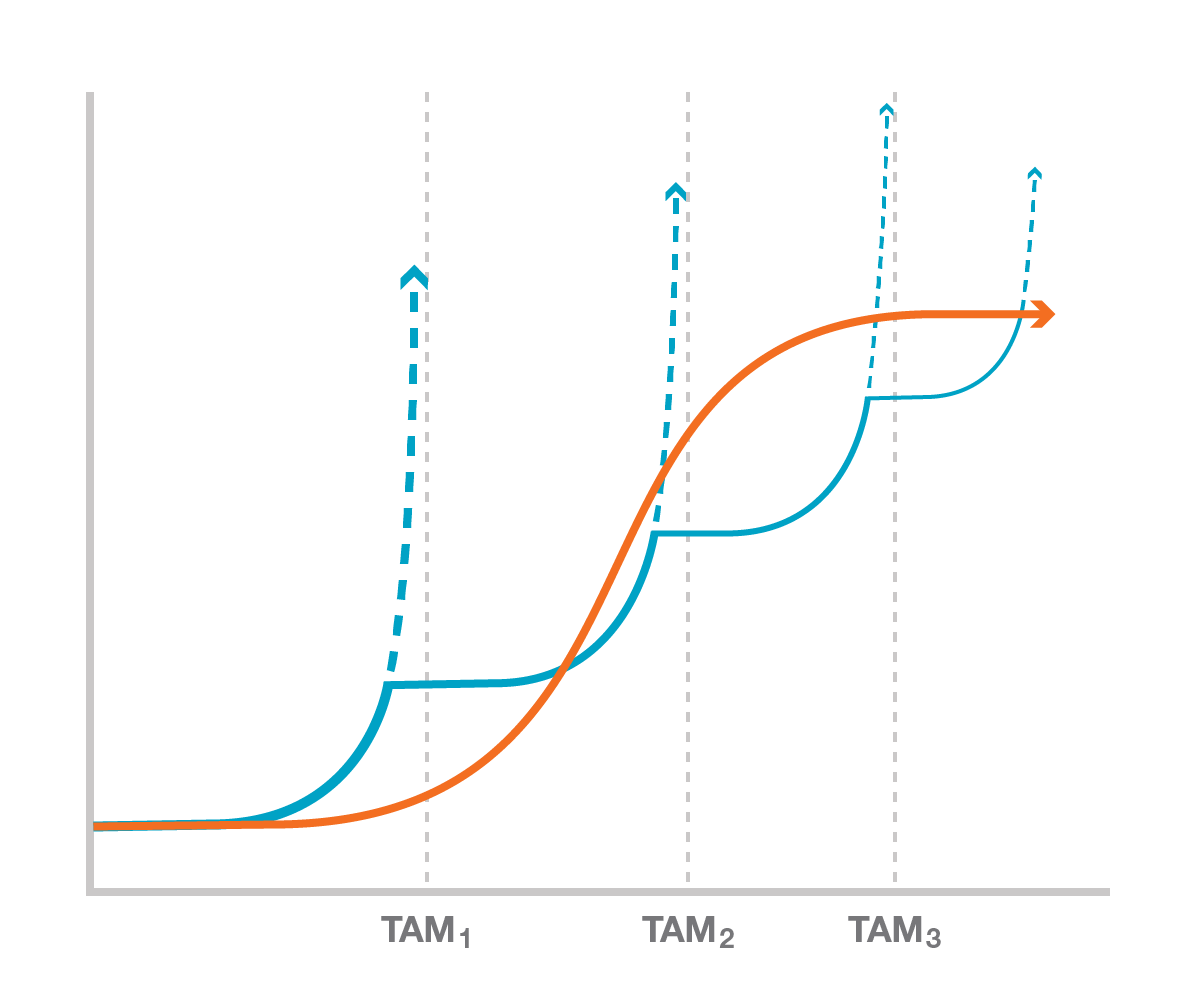Old playbooks will not work in this new landscape. We will change with the times, and be changed by the times.
The Six Centers (simplified)
Why culture eats strategy for breakfast, and how to make sense of the competing priorities that all businesses face. A “pocket version” of my original post.
Gesamtkunstwerk
The Gesamtkunstwerk has you. How aesthetics, history, and morality affect and contain the craft of the modern marketer, brand builder, and experience designer.
The Six Centers
Customer centricity is important, but all organizations have six centers (three external and three internal) which vie for attentional focus.
Scaling a small business
It’s never been easier to start a small business. It’s never been harder to scale a small business.
The Three Machines: Nonprofit Edition
The Three Machines model can be illuminating and practical for social sector organizations. But it requires a few small adjustments and nomenclature changes first.
Growing up
Growth for any one sector, industry, company, nation, or tribe is not necessarily good for everyone.
Hypergrowth basics
As “growth” thinking becomes an implicit and assumed part of all product, relationship, and operational strategy, it will cease to be an independent skill set.
Growth basics
The physical, mathematical, and cultural realities of business growth for every kind of organization.










